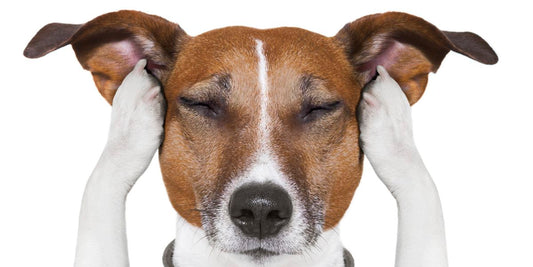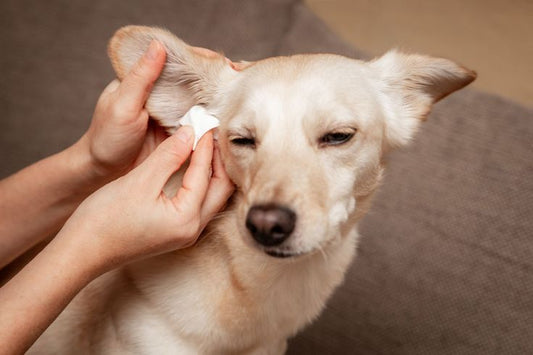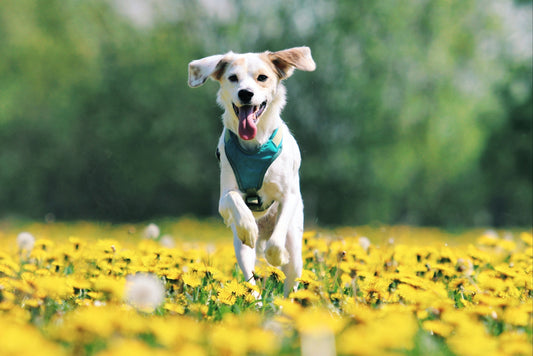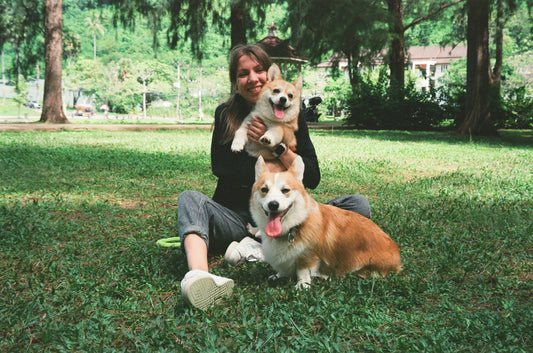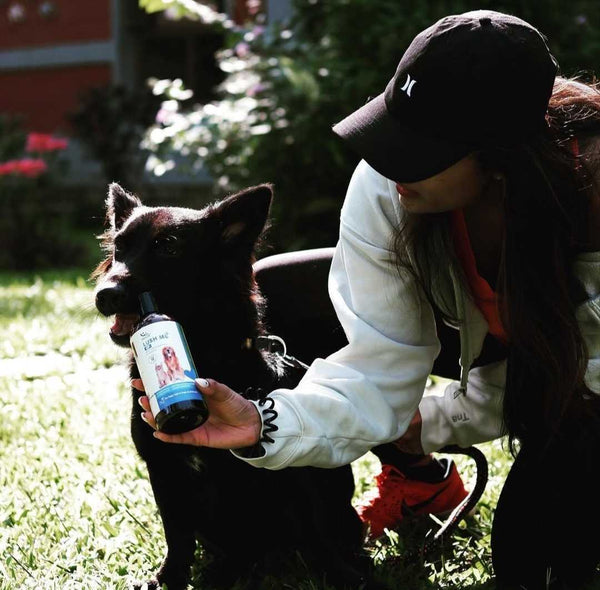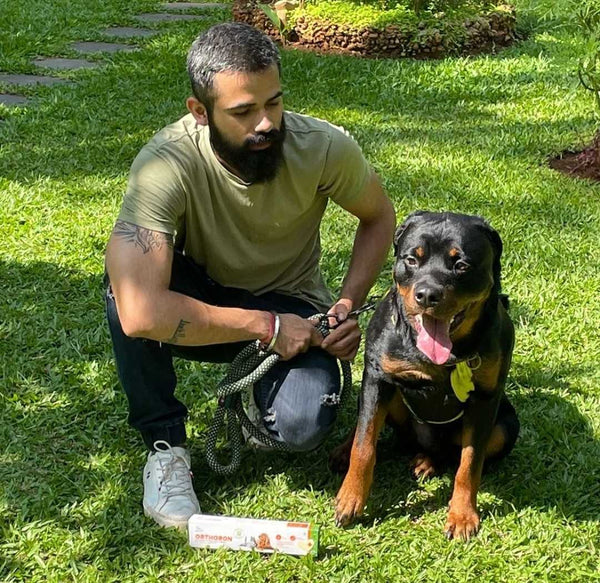
Stress is a curse of our modern lifestyle. And just like us, our furry friends are also prone to stress and anxiety. can surely do the trick, but first it’s important to be aware of these situations. There are many events that may seem trivial to us, but are a cause of great stress for our pets. Like -
- Separation - Our pets are now accustomed to us being at home, so leaving them alone can cause some stress. It’s similar to pups being separated from their mother or littermates.
- New surroundings - No one likes change! Unfamiliar people, places and other pets may stress your buddy out, so it’s natural if they take a little while to adjust.
- Unfamiliar Experiences - Things that we don’t like to do, make us anxious. Same goes for our pets. A trip to the vet, a bath or sometimes even an unfamiliar journey can be stressful. Pet accessories or some puppy treats can help calm them down.
- Loud Noises - Construction noises, firecrackers etc. are the most common causes of stress in animals and can have a long-term negative effect on their well-being.
So to be mindful of these situations, it’s important to recognize and learn the signs of stress in our furry buddies.
Here are 5 signs of stress to look out for in dogs:
- Fearful behavior - cowering, tail between the legs, head bent low.
- Averting eye contact and showing the distinctive ‘whale eye’ - exposed whites of the eye, and furrowed eyebrows.
- Ears may be flat against the head.
- Constantly sniffing and scanning the room for danger, yawning, panting, lip licking, refusing natural treats or dog toys, urination and defecation.
- Aggression - many dogs behave aggressively when they are in a stressful situation.
Here are 5 signs of stress to look out for in cats:
- Lowering their head and leaning back, twitching their tail. Having an arched body and hair standing at the end.
- Being hypervigilant of their surroundings, refusing cat food and toys.
- Hiding and seeking shelter.
- Moving their ears down or backwards, or constantly in the direction of the sound.
- Aggression - growling, hissing, clawing, rolling on their sides.
Once we get a hang of these signs, it’ll be much easier to avoid or manage uncomfortable situations. And then finally, a few natural treats and cuddles are sure to calm us all down!
P.S: Stress related aggression is common at veterinary clinics and can lead to a lot of hisses, scratches and bites. Don’t miss out on the five things to do while taking your pet to the vet


